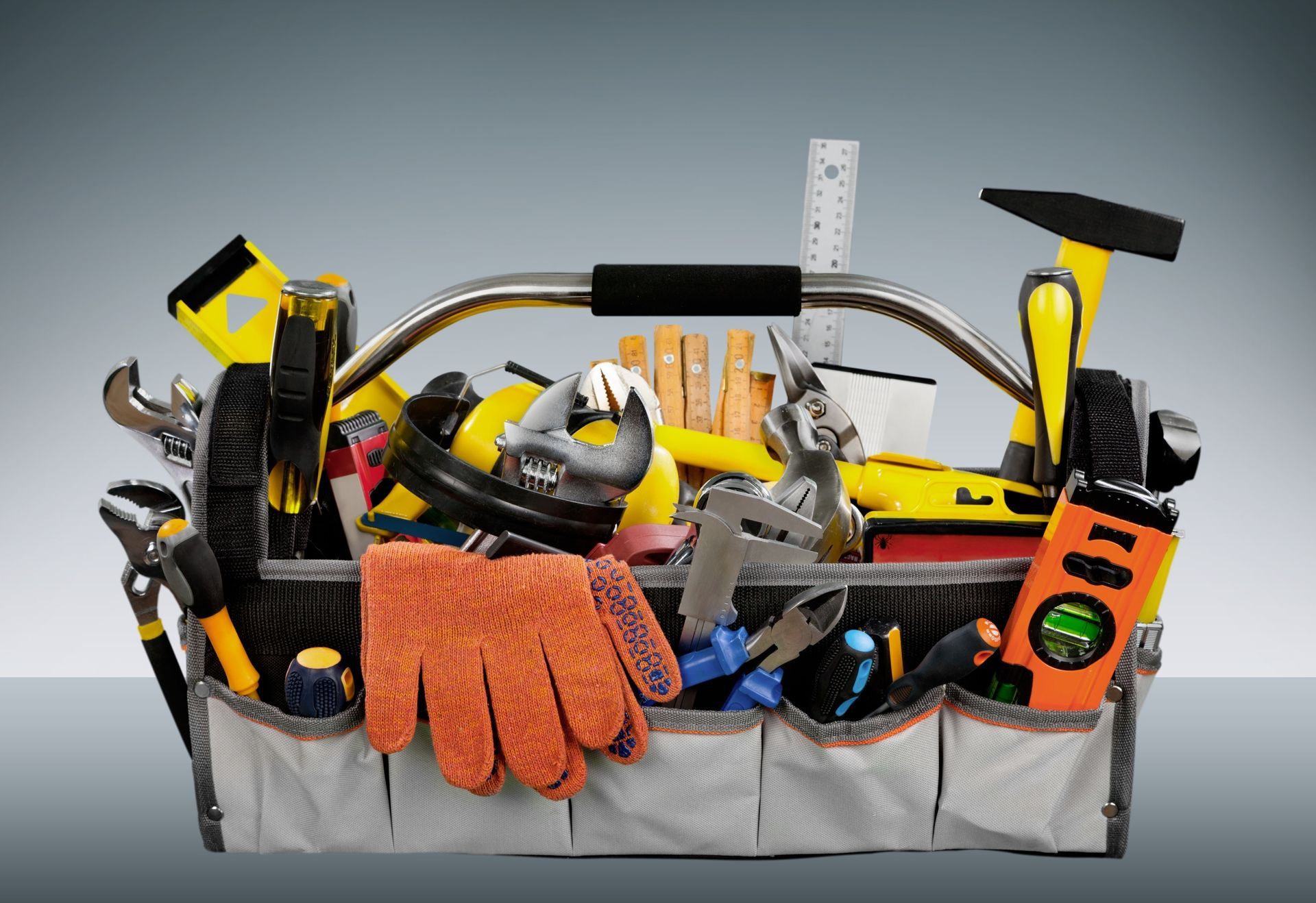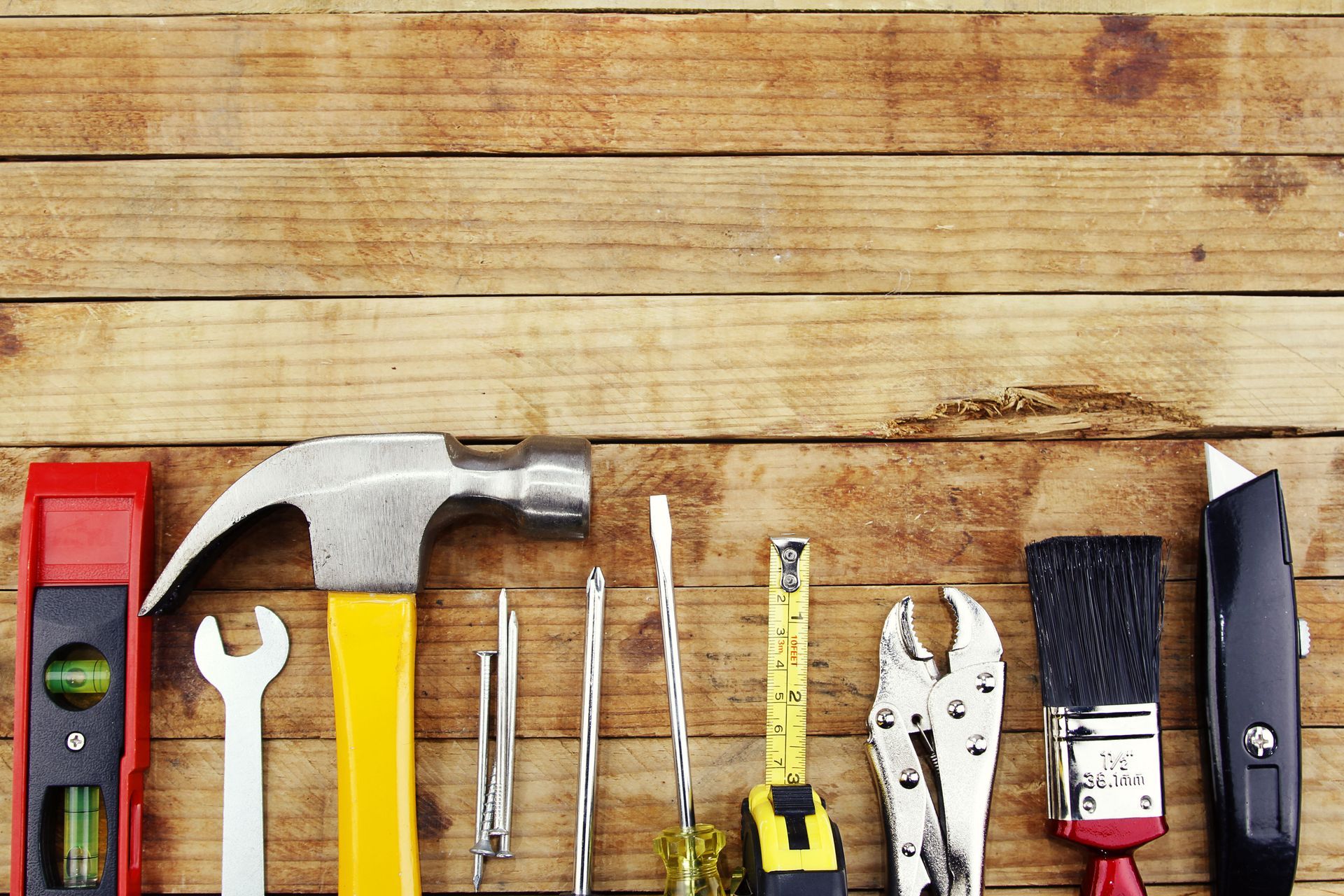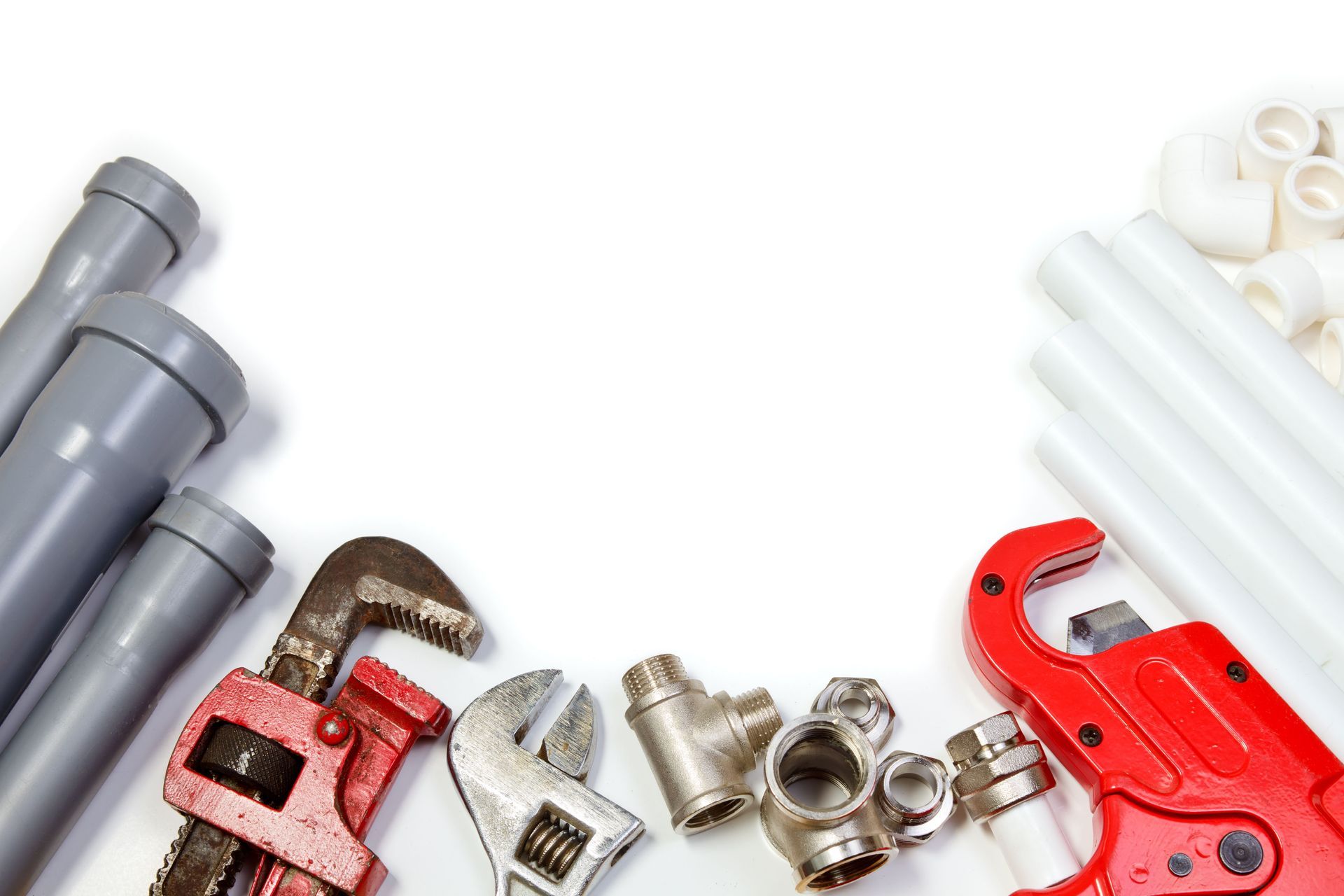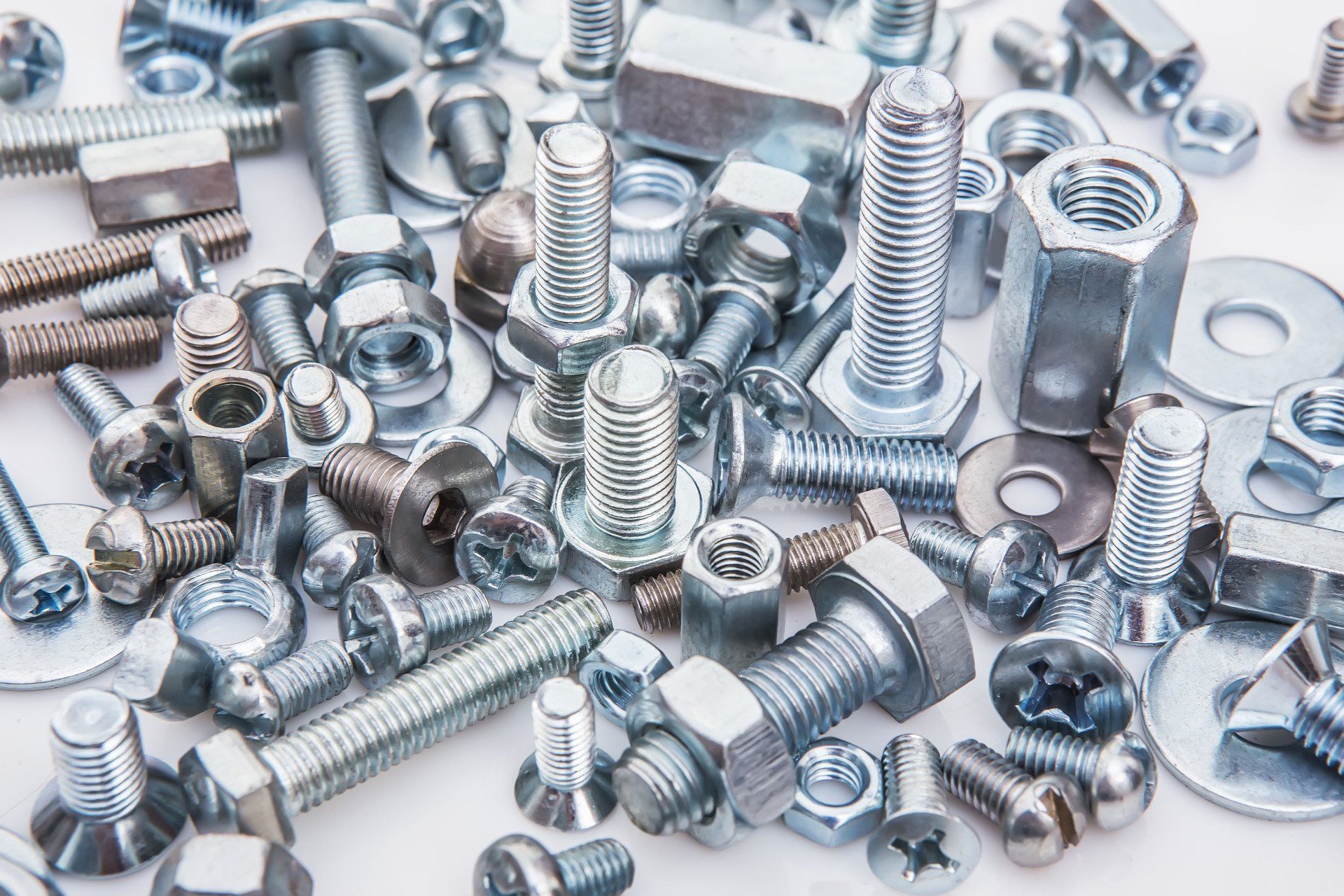How to Practice Tool-Use Safety
Using tools—whether at home, in the garden, or at a construction site—can be empowering and productive. However, it also poses inherent risks that can lead to accidents and injuries. It is crucial to practice tool-use safety to protect yourself and those around you. Not only do safe practices with hand tools help prevent injuries, but they also ensure that your projects are completed efficiently and effectively.
Understand the Tool You Are Using
The first step in practicing tool-use safety is understanding the tool you are using. This means thoroughly reading the instruction manual and becoming familiar with its features. Each tool has unique characteristics and potential hazards; understanding how to safely navigate these can significantly reduce the risk of accidents. According to Safety Skills, roughly 40,000 people find themselves in the hospital from tool-related accidents each year. This statistic underscores the importance of knowledge and preparation in avoiding unnecessary harm.
Wear the Appropriate Personal Protective Equipment
Wearing appropriate personal protective equipment (PPE) is another essential aspect of tool-use safety. Safety gloves, goggles, and appropriate clothing can provide a crucial barrier between you and potential injuries. For certain power tools, ear protection might also be necessary to prevent hearing damage. While PPE might not eliminate risks entirely, it serves as an important layer of defense, especially in environments where sharp, powerful, and noisy tools are in operation.
Maintain a Clean and Organized Workspace
Maintaining a clean and organized workspace is vital for safety. Cluttered areas can lead to falls, misplaced tools, and unintended tool activation, all of which increase the likelihood of an accident. A tidy workstation allows for easy access to tools, minimizes entanglement risks, and enhances focus during a task. Implementing practices such as returning tools to their designated spots and keeping pathways clear can significantly reduce accidents related to environmental hazards.
Practicing tool-use safety is an essential habit that everyone working with tools should adopt. Through understanding your tools, wearing the proper protective equipment, and maintaining a clean workspace, you can substantially reduce the risk of tool-related accidents. By prioritizing safety, you not only protect yourself but also create a culture of awareness and responsibility that benefits everyone around you. Safety is as crucial as the work itself, ensuring not just the completion of a task, but its successful and safe execution. Be sure to reach out to Nuts About Bolts today for more information on our professional hand tools!






Share On: